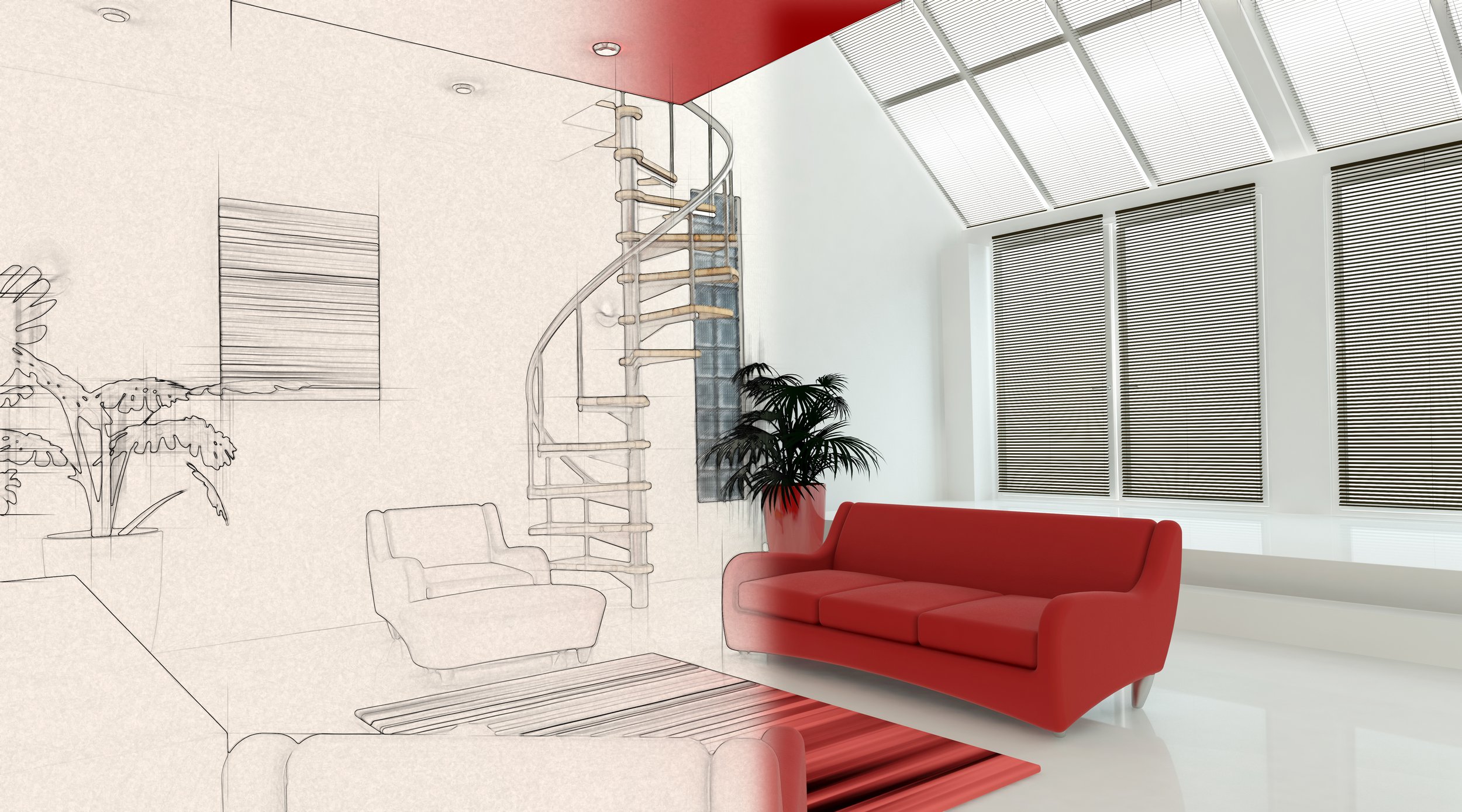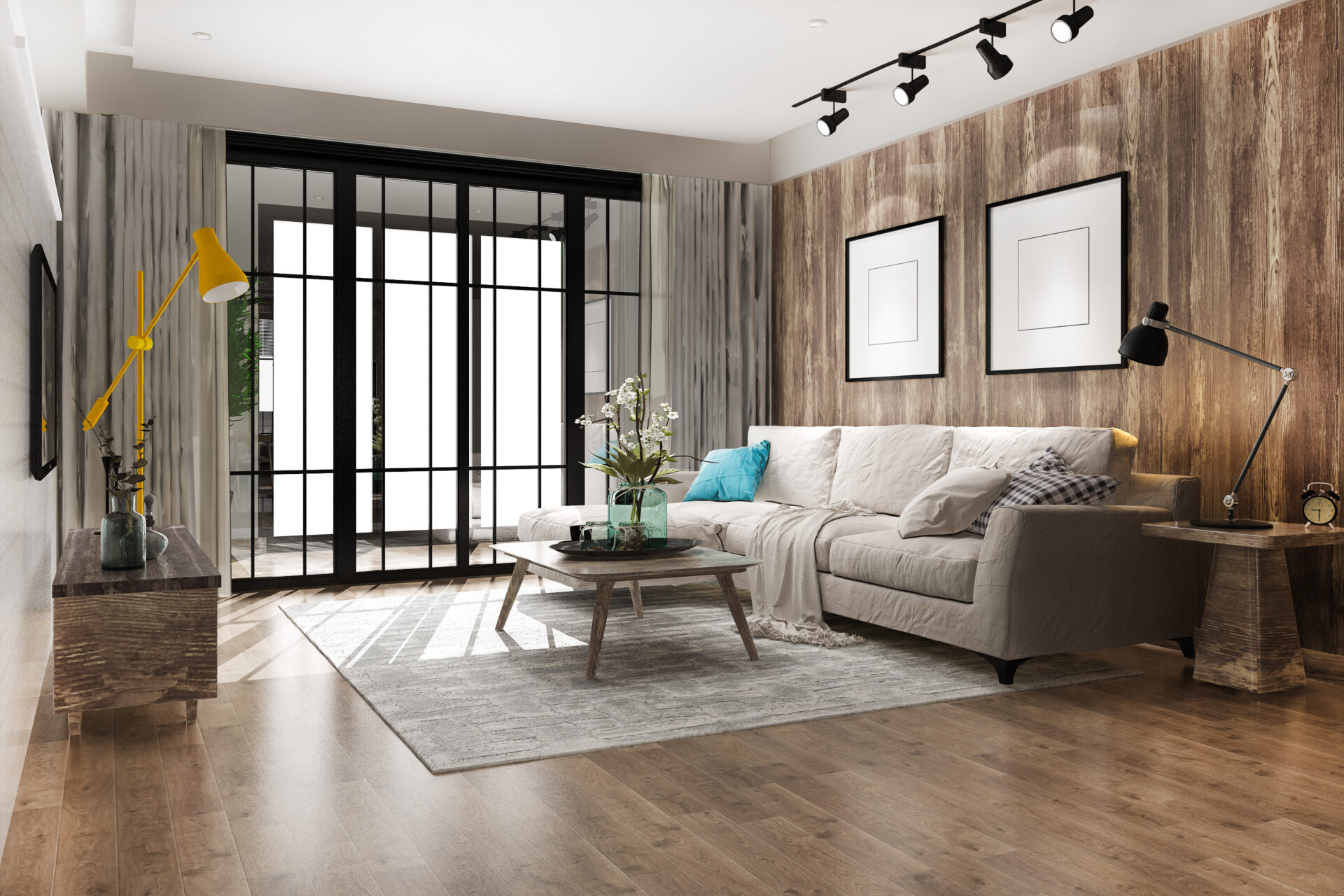
What Is Interior Architecture? A Comprehensive Guide by Thomas Vooght Design
Contact UsIn the world of design and architecture, the term “interior architecture” often arises in discussions about creating functional and aesthetically pleasing spaces. But what exactly is interior architecture, and how does it differ from traditional interior design? In this comprehensive guide, we’ll delve into the world of interior architecture and explore its significance in both residential and commercial design projects.
Understanding Interior Architecture
Interior architecture is an integral aspect of design that goes beyond mere aesthetics. It involves the thoughtful and strategic planning of interior spaces, focusing on functionality, safety, and the optimal utilisation of available space. Interior architects, like Thomas Vooght Design, combine their expertise in architecture and interior design to create harmonious and purposeful spaces.
The Distinction Between Interior Design and Interior Architecture
To gain a clearer understanding of interior architecture, it’s important to differentiate it from interior design. While both disciplines share the goal of enhancing the aesthetics of a space, interior architecture extends its scope to encompass structural modifications and the transformation of interior spaces on a fundamental level.
Interior designers primarily focus on surface-level aesthetics, such as choosing furniture, colour schemes, and decor elements. In contrast, interior architects work on a more profound level, often requiring structural changes to the building’s interior, like altering layouts, reconfiguring rooms, and optimising the flow of spaces.
Residential Interior Architecture
In residential projects, Thomas Vooght Design excels in reimagining living spaces to meet the unique needs and preferences of their clients. Whether it’s turning an old, cramped kitchen into a spacious culinary haven or transforming a dull bedroom into a tranquil oasis, our interior architects employ innovative solutions that optimise the available space while maintaining a sophisticated aesthetic.
Commercial Interior Architecture
For commercial clients, Thomas Vooght Design specialises in crafting dynamic office and hospitality spaces. Our notable portfolio includes collaborations with esteemed clients like Formula-E, Wargaming, and F1 hospitality. These projects demonstrate their ability to create functional yet visually captivating spaces that leave a lasting impression on employees, customers, and visitors alike.
The Importance of Interior Architecture
Interior architecture plays a pivotal role in creating spaces that not only look beautiful but also function seamlessly. Here are some key reasons why interior architecture is essential:
Space Optimisation
Interior architects have a knack for making the most of available space. They can transform small, cramped areas into open, inviting spaces through clever design strategies, ensuring that every square foot serves a purpose.
Structural Enhancements
Structural changes, such as removing walls or adding partitions, fall under the purview of interior architecture. These alterations can significantly improve the functionality and flow of a space.
Safety and Compliance
In terms of safety and compliance, it’s essential to note that these considerations apply not only to commercial spaces but also to residential projects. Both sectors have their unique regulatory requirements and standards, and ensuring compliance is a fundamental aspect of interior architecture.
Aesthetic Cohesion
By seamlessly blending aesthetics with functionality, interior architecture creates spaces that are not only visually pleasing but also conducive to their intended use.
Key Principles of Interior Architecture
Interior architecture relies on a set of fundamental principles that guide designers in creating functional and aesthetically pleasing spaces. Understanding these principles is crucial to appreciating the art and science behind interior architecture.
1. Space Planning
Effective space planning is at the core of interior architecture. It involves strategically organising elements within a space to optimise functionality, traffic flow, and visual appeal. Interior architects carefully consider room size, proportions, and furniture placement to maximise space utility.
2. Harmony and Unity
Achieving harmony and unity in interior spaces is paramount. Interior architects balance various design elements, such as colour, texture, and materials, to create a cohesive and visually pleasing environment where all components work together harmoniously.
3. Functionality
Interior architects prioritise designing spaces that efficiently serve their intended purposes. Whether it’s a kitchen, office, or living room, each space is tailored to meet the needs of its users, with careful consideration of factors like storage, lighting, and ergonomic design.
4. Aesthetics
Aesthetics play a vital role in interior architecture. Interior architects have a keen eye for selecting colours, materials, and furnishings that not only look appealing but also contribute to the overall ambiance of a space. They use design principles like balance, contrast, and rhythm to create visually captivating interiors.
5. Sustainability
In today’s environmentally conscious world, sustainability is a central consideration in interior architecture. Designers prioritise eco-friendly materials, energy-efficient systems, and sustainable practices to minimise the environmental impact of their projects, creating healthier living and working environments.
6. Safety and Building Codes
Interior architects ensure that their designs adhere to building codes and safety regulations. This includes considerations for fire safety, accessibility for individuals with disabilities, and structural stability, ensuring the creation of safe and compliant interior spaces.
7. Client Collaboration
Successful interior architecture projects involve close collaboration with clients. Interior architects work closely with their clients to understand their preferences, needs, and goals. This collaborative approach ensures that the final design reflects the client’s vision and requirements.
These key principles are the foundation of exceptional interior architecture, shaping spaces that enhance our quality of life and leave a lasting impression. Whether you’re embarking on a residential or commercial project, understanding these principles can help you appreciate the artistry and expertise behind the design.
Incorporating Interior Architecture into Your Project
If you’re planning a residential or commercial design project, consider enlisting the expertise of interior architects like Thomas Vooght Design. Our holistic approach to design ensures that every aspect of your space is carefully considered, from the architectural structure to the smallest decor details.
Conclusion
In conclusion, interior architecture is a discipline that marries the principles of architecture and interior design to create functional, safe, and visually appealing spaces. Thomas Vooght Design is a leading name in this field, with a proven track record of delivering exceptional results in both residential and commercial projects. To embark on your journey towards a beautifully designed space that seamlessly integrates aesthetics and functionality, reach out to Thomas Vooght Design today.
Contact Thomas Vooght Design
For inquiries and consultation requests, please visit Thomas Vooght Design to get in touch with our team of experienced interior architects and designers.
Remember, interior architecture is not just about what you see; it’s about how a space makes you feel and function within it. Embrace the world of interior architecture, and let it transform your living or working environment into a masterpiece of design and functionality.




